Top Things to Know Before Buying Decorative Garden Fence
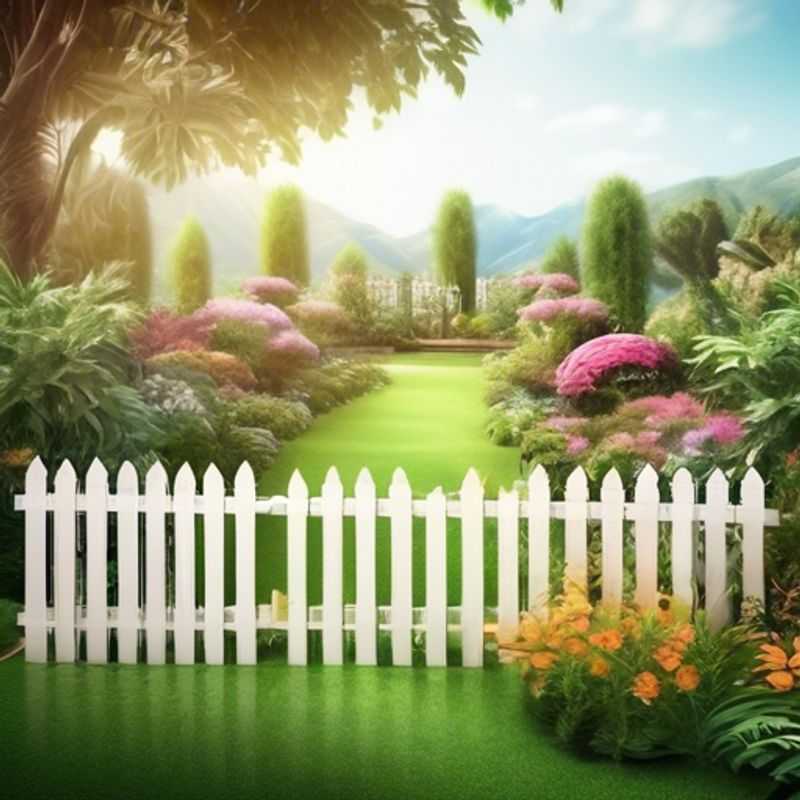
Top Things to Know Before Buying Decorative Garden Fence:
Planning to add a touch of elegance and privacy to your garden with a decorative fence? Before you head to the store, here are some key things to consider to make sure you choose the perfect fence for your needs:
1. Measure Twice, Cut Once: Measure the area where the fence will be installed accurately.

Measure Twice, Fence Once: Ensuring a Perfect Fit with Accurate Measurements
Before you start building a fence, it's essential to measure the area where it will be installed to ensure a proper fit. This may seem simple, but it's crucial for a successful project. Accurately measuring the area is the foundation for your fence project.
Here's a quick guide to help you:
1. **Clear the Area:** Remove any obstructions like plants, rocks, or debris. This will give you a clear view of the space you're working with.
2. **Mark the Perimeter:** Use string, stakes, or spray paint to mark the exact location of your fence. Make sure the lines are straight and follow the desired shape of your fence.
3. **Measure the Length:** Use a measuring tape to measure the length of each side of the perimeter. Be precise and record the measurements. It's always a good idea to double-check your measurements.
4. **Consider Gates:** If you're planning to install a gate, measure the width you need and add this to your overall fence length calculations.
5. **Factor in Post Spacing:** The spacing between fence posts depends on the type of fence you're installing and local building codes. Consult with a professional for guidance.
6. **Account for Slopes:** If your property has a slope, measure the length along the slope, not just the horizontal distance. This is essential to ensure your fence is level.
7. **Visualize:** Once you have your measurements, draw a simple diagram of the fence layout. This will help you visualize the final product and ensure everything fits together.
Measuring correctly for your fence will save you time, money, and frustration. It's a critical first step for a successful fence installation.
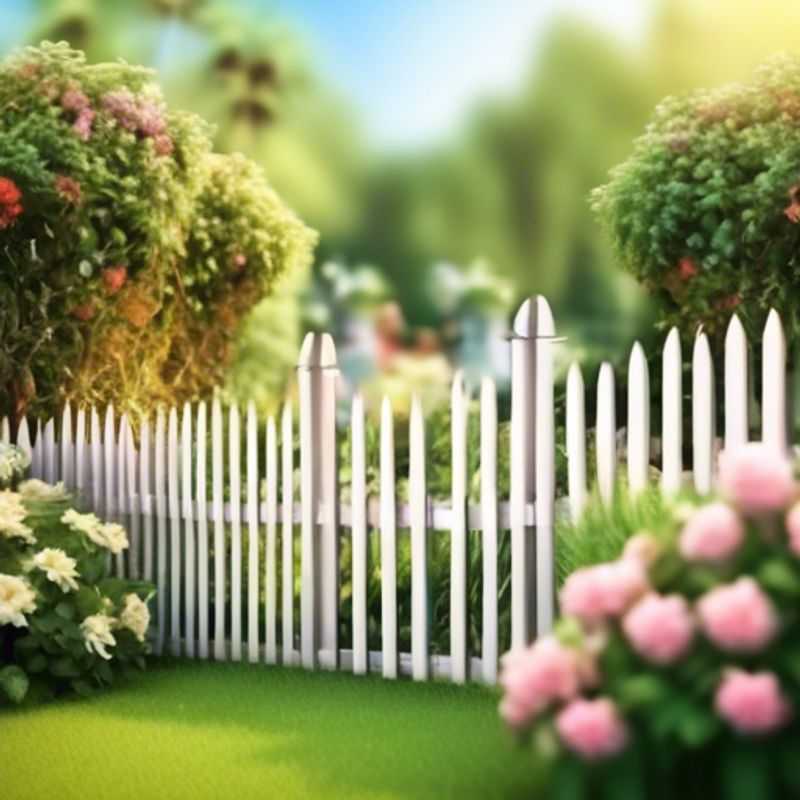
Finding the Perfect Material: Researching Options for Your Needs
When selecting materials and styles, consider your project's functionality, durability, aesthetics, and budget. Think about how the materials will be used, how long they need to last, and what kind of look you're going for.
Research different materials and styles to find the best option for your needs. Compare cost, availability, performance, and environmental impact. Look for materials with good durability, resilience, and ease of maintenance. Consider the aesthetics and style of the materials, and how they will fit in with the overall design.
For example, if you're building a deck, you'll need to choose materials that are resistant to water damage and decay. You'll also need to think about the style of the deck and how it will blend in with the surrounding area.
To find the best option for your project, consider consulting with a professional. They can help you choose the right materials and styles for your specific needs. You'll also want to factor in the cost of labor, permits, and other expenses.
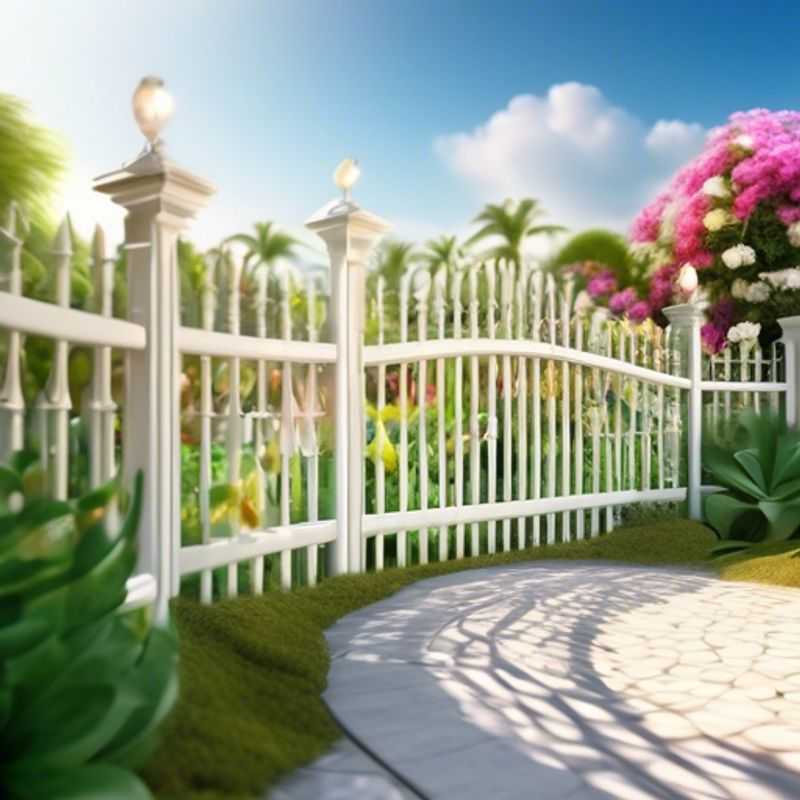
Fence Height and Durability: Choosing the Right Fit for Your Needs
When choosing a fence, height and durability are critical factors. Height affects security and privacy, while durability ensures longevity and withstands weather conditions. Think about your needs for visibility, keeping pets or children safe, and deterring intruders. Durable materials like wood, vinyl, or metal offer varying levels of resistance to wear and tear, weather elements, and potential damage. Factor in these considerations when choosing your fence, as they greatly influence the overall performance and longevity of your investment.
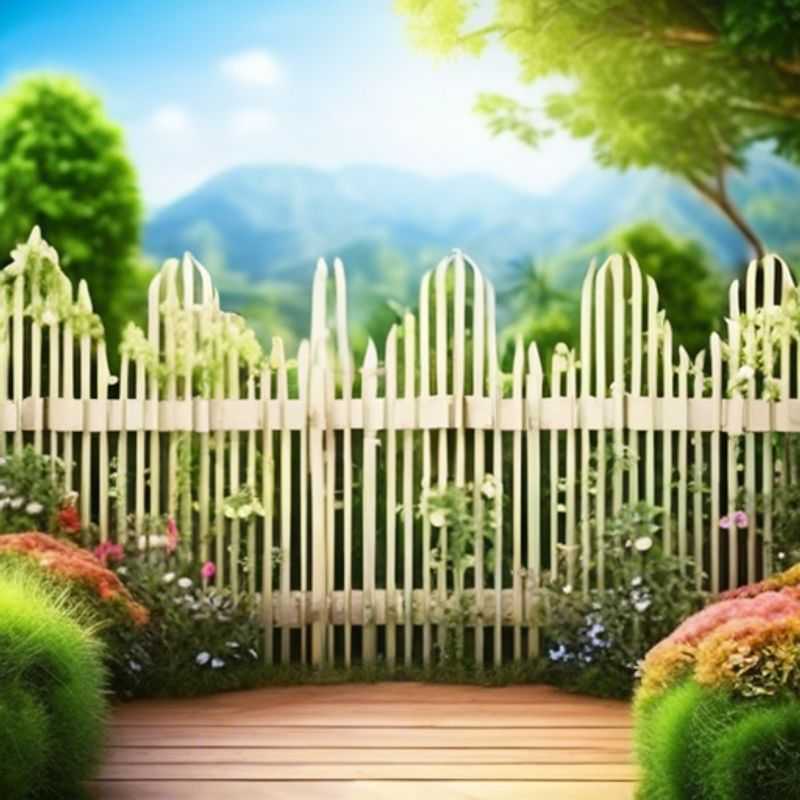
Don't Get Caught Off Guard: Check Installation Before You Buy!
Before you purchase a software product, always take the time to check the installation instructions and the required tools. This will save you headaches down the line! Some software might need specific hardware, operating systems, or other software dependencies to function properly.
Here are some key questions to consider:
What are the minimum system requirements? Does your computer meet them? Check for RAM, CPU, storage space, and graphics card specifications.
What operating system is it compatible with? Is it Windows, Mac, Linux, or something else? Make sure your computer runs the supported operating system.
Are there any other software dependencies? Does the product require specific libraries, drivers, or other programs to be installed beforehand?
What is the installation process like? Is it a simple download and run, or does it require more complex steps? Read the installation instructions carefully to understand what's involved.
By taking a few moments to review these factors, you can ensure a smooth and successful installation experience.
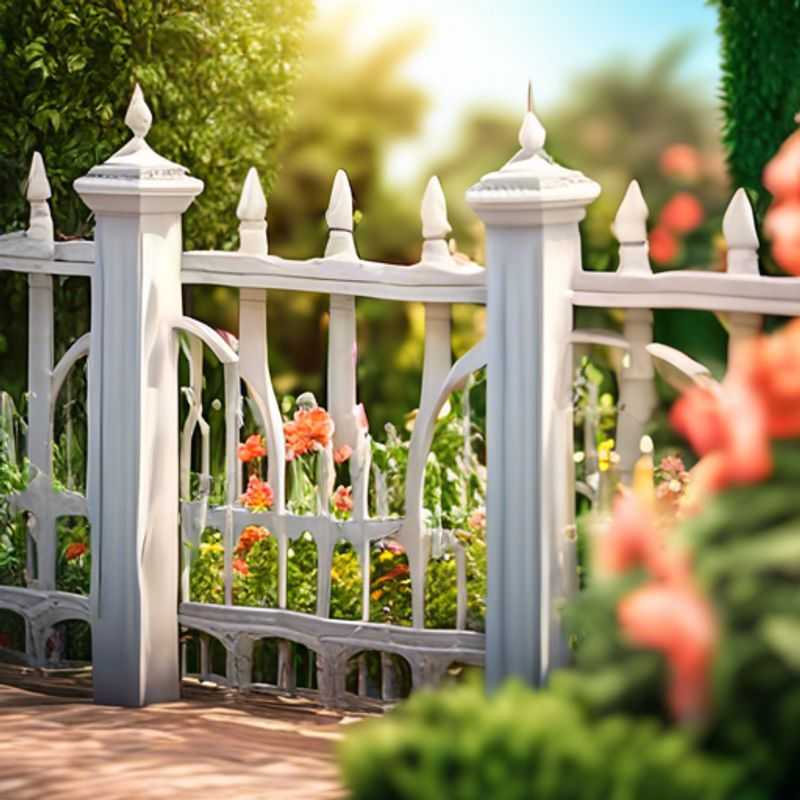
Weather-Resistant & Low-Maintenance Fencing: Your Guide to Stress-Free Outdoor Living
Choosing the right fence can save you headaches down the road. Opting for weather-resistant and low-maintenance materials will minimize your upkeep and ensure a long-lasting investment. Consider these options:
Vinyl Fencing: Vinyl is a popular choice for its durability and easy maintenance. It's resistant to rot, insects, and fading, and it requires minimal cleaning. Just hose it down occasionally to keep it looking great.
Aluminum Fencing: Aluminum is known for its strength and rust resistance. It's a lightweight material that's easy to install and offers a variety of styles. Choose powder-coated aluminum for added protection against the elements.
Composite Fencing: Composite fencing combines wood and plastic for a durable, low-maintenance option. It's available in a variety of colors and textures, and it's resistant to rot, insects, and moisture. The downside: composite fencing is generally more expensive than vinyl or aluminum.
Wood Fencing: While wood requires more maintenance than other options, it's still a popular choice for its natural beauty and affordability. Opt for pressure-treated wood for added protection against rot and decay.
Maintenance Tips:
Regardless of the material you choose, regular maintenance is key to prolonging the life of your fence.
Inspect your fence periodically for signs of damage and repair promptly.
Clean your fence as needed to remove dirt, debris, and mold growth.
Consider applying a sealant or paint for added protection.
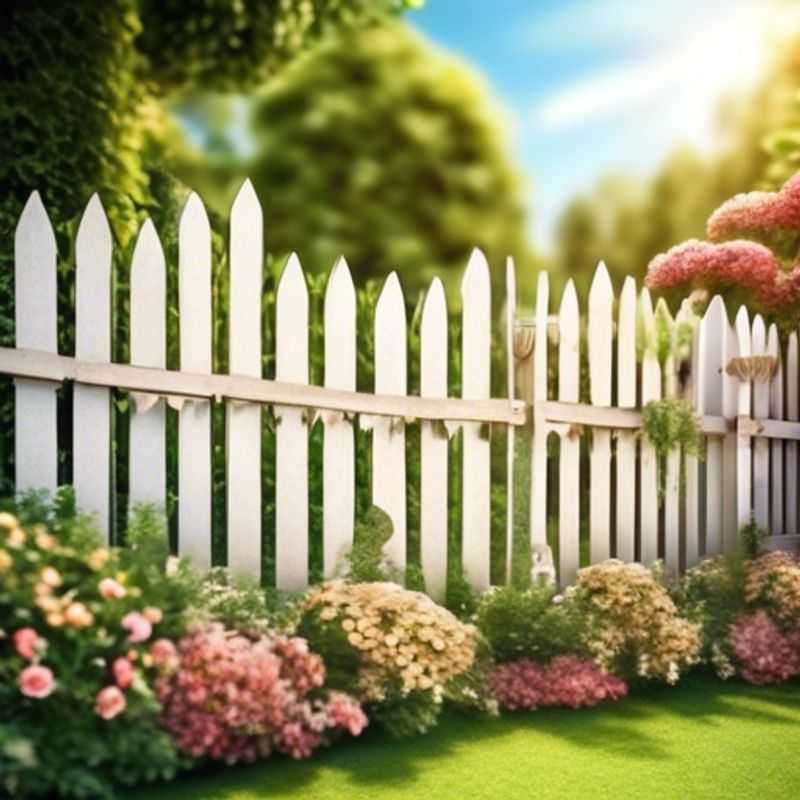
Fencing Regulations: Staying Compliant with Local Codes and HOA Guidelines
Before you start building your fence, it's crucial to ensure it complies with local regulations and HOA guidelines. These rules are designed to maintain the aesthetic appeal and safety of your neighborhood. Failure to adhere to them can result in fines or even the need to tear down and rebuild your fence. Don't skip this crucial step!
Here are some key things to consider:
1. Height Restrictions: Most areas have maximum fence heights, often differing based on the location of your property. Check for height limits along property lines, street frontages, and even backyard areas.
2. Materials: Your HOA or local regulations may specify allowed fence materials. Common materials include wood, vinyl, metal, and composite. Some areas may have restrictions on certain types, like wood fences in fire-prone zones.
3. Setback Requirements: This refers to the minimum distance a fence can be built from your property line. Setbacks ensure adequate space for utilities, landscaping, and pedestrian access.
4. Style and Design: HOA guidelines can cover specific fence styles or designs. These may include restrictions on lattice panels, decorative elements, or gate styles.
5. Permits: In some areas, obtaining a permit before building a fence is mandatory. Check with your local building department to determine if a permit is required and to understand the application process.
6. HOA Approval: If you live in a community with an HOA, you'll need to submit plans for your fence and obtain their approval before beginning construction. They may have their own set of design and construction standards.
7. Professional Consultation: Consult with a licensed contractor or engineer to ensure your fence design meets all the necessary regulations. They can provide valuable expertise and help you navigate the permitting process.
Investing some time in understanding and complying with these regulations can save you headaches and potentially significant expenses later on. Remember, it's always best to be safe than sorry when it comes to your fence project.
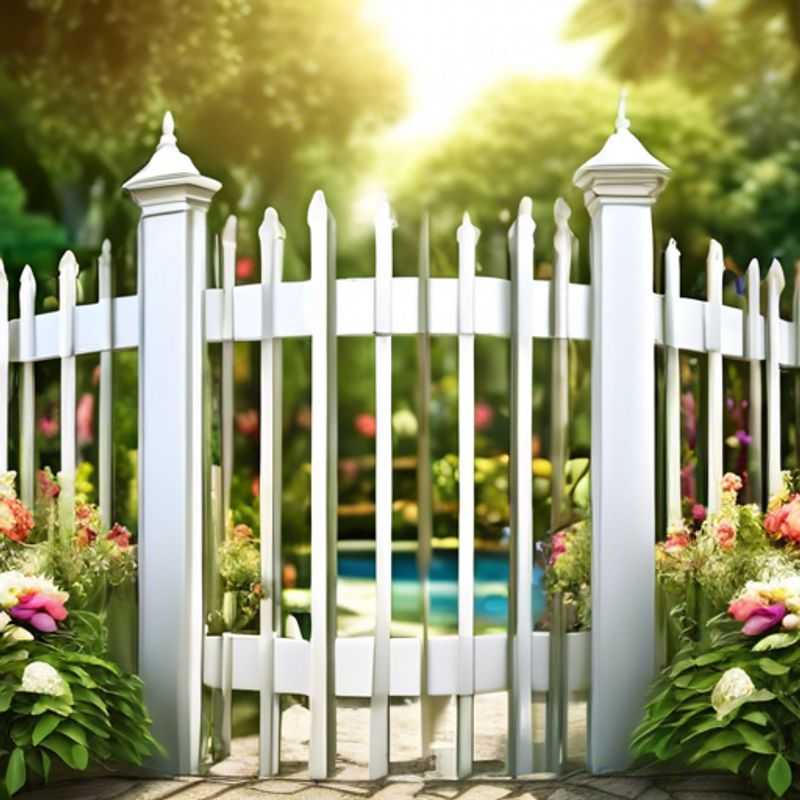
Compare & Conquer: How to Find the Best Prices from Multiple Retailers
Finding the best deals can be a time-consuming task, but comparing prices from multiple retailers can help you save money. Here are some tips for effectively comparing prices:
Start with a specific product or service. This will help you narrow down your search and make comparisons more accurate. You can use product names, model numbers, or even keywords to find relevant products. For example, you could start with "iPhone 14 Pro Max" or "Best wireless headphones."
Utilize price comparison websites. Websites like Google Shopping, PriceRunner, and PriceSpy let you compare prices from various retailers in one place. These platforms gather data from numerous stores, saving you the effort of manually checking each one. They often display deals, discounts, and shipping costs to help you make informed decisions.
Check retailer websites directly. While price comparison websites are helpful, it's always a good idea to check the retailer's website to see if they offer any special discounts or promotions. This is particularly useful when buying electronics, appliances, or other products with varying price points.
Consider factors beyond price. While price is an important factor, don't overlook other crucial aspects like shipping costs, return policies, and customer reviews. Evaluate if the retailer offers free shipping or if there are any additional fees associated with the purchase. Read reviews from other customers to understand the retailer's reliability, customer service, and product quality.
Utilize price tracking tools. These tools can help you monitor price changes over time and notify you when a product drops to your desired price point. Some price tracking tools offer free options, while others require paid subscriptions.
Be aware of potential scams. When using price comparison websites or navigating different retailer websites, be cautious of unrealistic deals or overly low prices. Double-check the retailer's credibility and legitimacy before making any purchase.
Remember, finding the best value involves a combination of price comparison, product research, and evaluation of additional factors. By using a combination of these methods, you can ensure that you're getting the most bang for your buck.
